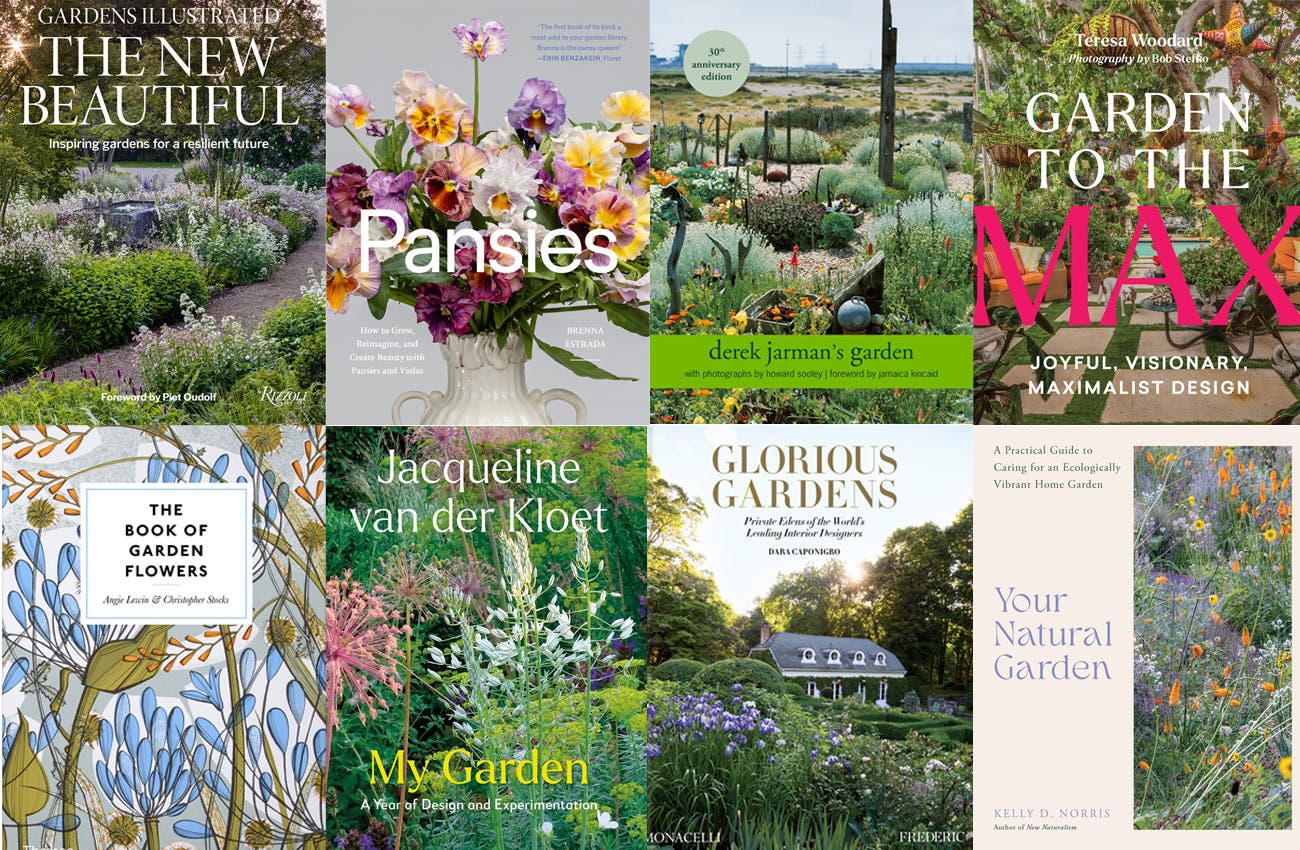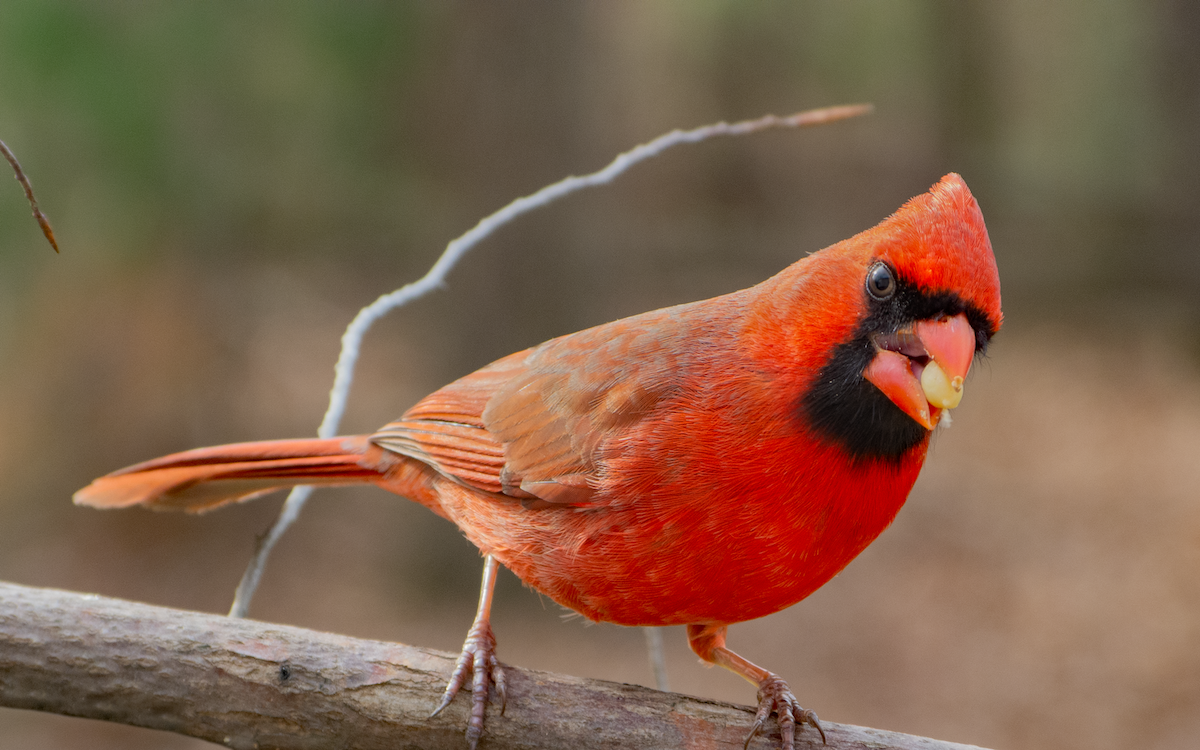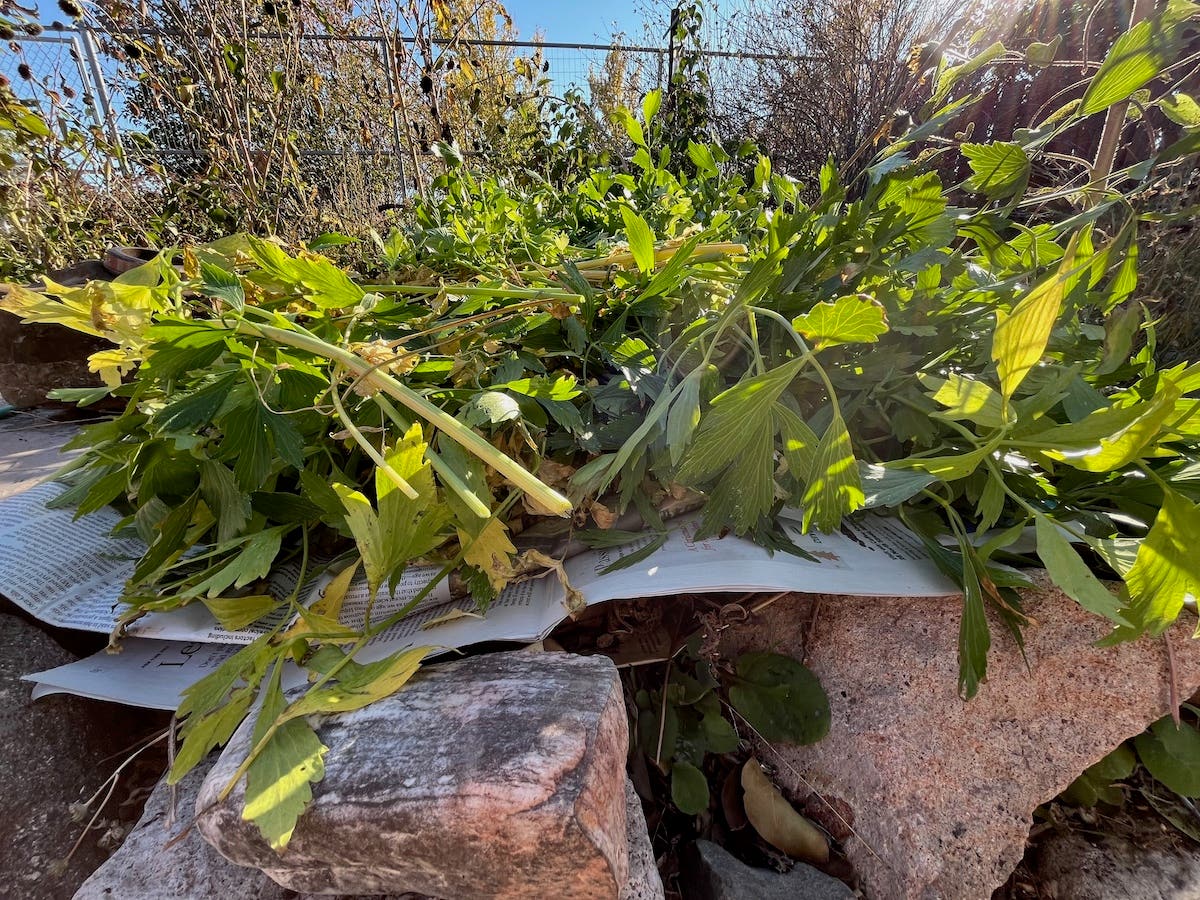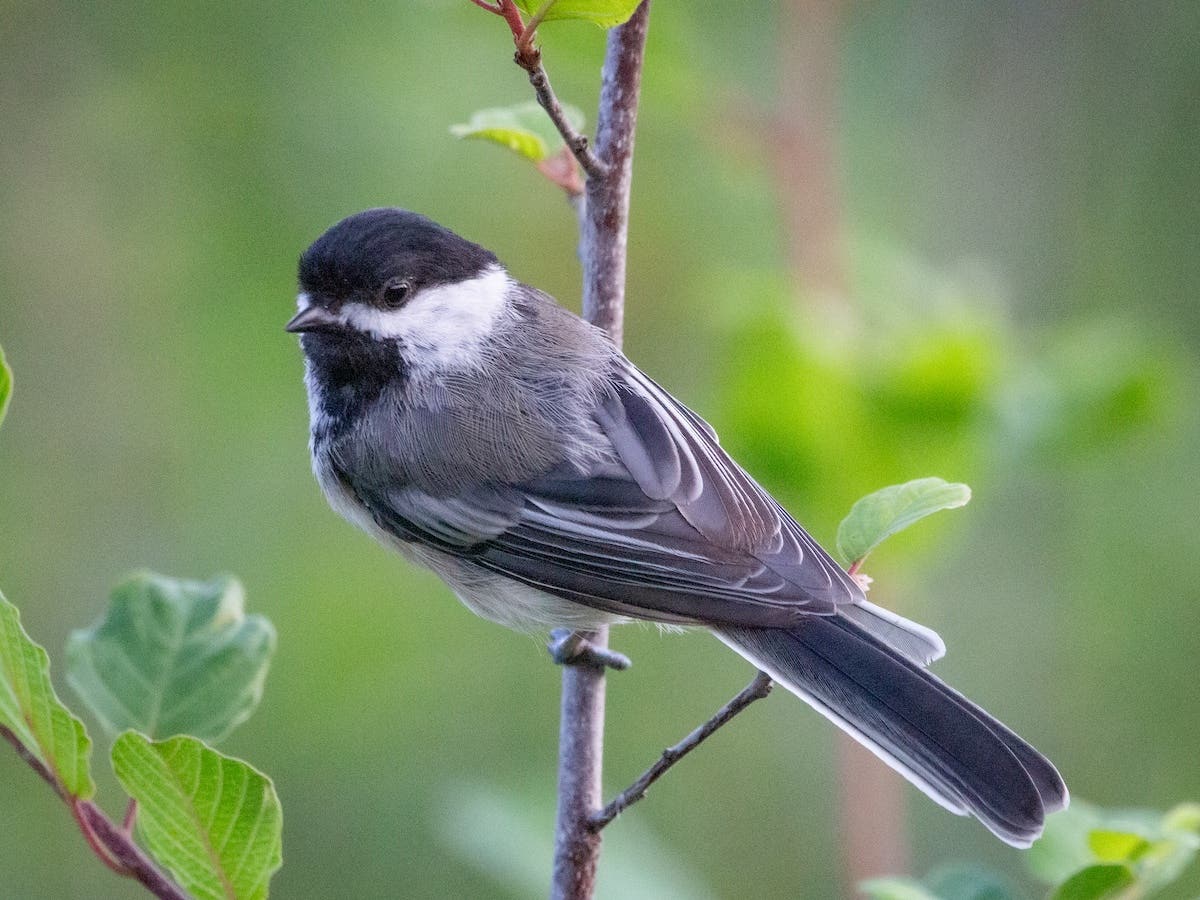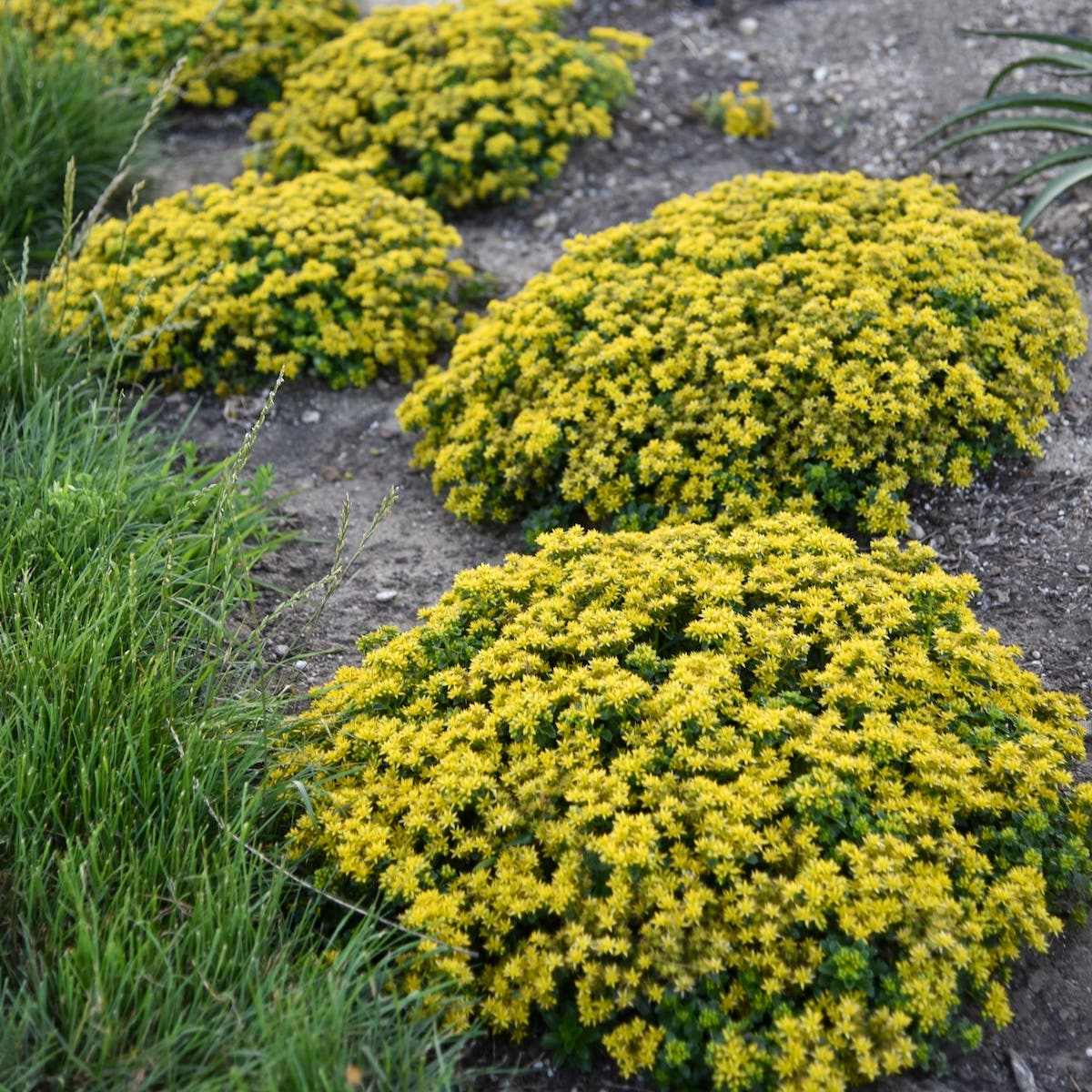Watering the Summer Garden
Get our top summer watering tips to keep your garden beds, borders, and containers healthy and thriving in the heat.
Watering in the summer months can be time-consuming and expensive. We have a few tips to help you manage this crucial garden chore:
Tips for Watering Garden Beds in Summer
- Mulch is key to conserving water—mulch reduces water loss and keeps the soil cool (while suppressing weed germination, too). However, mulch can become compacted over time, and actually prevent water from penetrating through to the soil. In a heavy rain event, watch to see if the mulch is compacted and shedding water. If so, loosen it with a rake.
- Consider planting “green mulch”—that is, ground cover plants—to reduce the need for landscape mulch. Living groundcovers can beat out weeds, regulate soil temperature and reduce evaporation, with additional benefits such as providing for wildlife. If you mix shallow-rooted, spreading groundcovers with deeper-rooted trees, perennials and shrubs, all will be able to access the soil moisture they need.
- Consider using soaker hoses instead of overhead sprinklers. Soaker hoses direct water to the plants’ roots.
- Water the garden during the cooler hours of the day—early morning or evening—to reduce water lost through evaporation. Automatic irrigation can be set on a timer to run at the ideal time of day.
That said, it's likely that all the plants in a garden do not have the same water requirements. Spot water newly installed plants or particularly thirsty kinds, rather than indiscriminately watering the whole garden.
Summer Watering Tips for Container Gardens
Container gardens are more susceptible to summer heat due to their size, color and exposure to the elements. The size of the container has the greatest impact on watering requirements. Here are some other considerations:
- The smaller the container, the less soil is available for water retention.
- The darker the pot, the hotter the soil will become, which can potentially damage roots.
- Water container plants in the cooler hours of the day, such as the early morning and evening.
- Water pots slowly and deeply, until water runs from the bottom.
- A watering wand is a container gardener’s best friend. Wands make it easy to reach hanging baskets and containers standing in hard-to-reach places.
What to do when containers get too dry
If you've let the pot dry out, the growing medium contracts and pulls away from the side of the container. You'll need to water very slowly to rewet the potting mix, or if the size allows, submerge the container in a bucket of water, weighing it down with stones or other heavy items, until the pot is thoroughly saturated.


